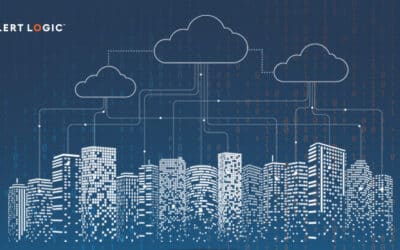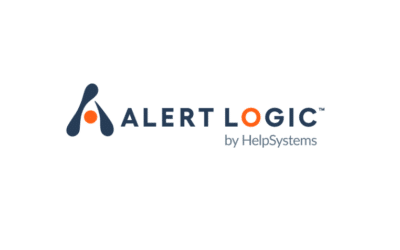Lessons from the Battlefield to Help Improve Your Security Posture
Discover key lessons from the battlefield to enhance your security strategy. Learn actionable insights on improving your security posture.
Can Cybersecurity be Automated?
Unlock the power of cybersecurity automation to enhance your security team. It’s not about replacing the human touch; it’s about optimizing and streamlining threat response for maximum efficiency.
Hybrid Cloud vs. Multi-Cloud
Optimize your business alignment with robust security strategies by gaining insights into the nuances of multi-cloud and hybrid cloud solutions.
MDR vs MSSP: 6 Major Differences
MDR vs. MSSP? These two solutions are commonly used and often go head-to-head in the industry, as many perceive them to be relatively similar. However, upon digging deeper, you’ll find that while each have their own benefits, they also come with some significant differences — differences that can make or break your decision.
In this post, we’ll examine six such differences that you should be aware of when selecting a cybersecurity solution and how to decide which is best suited for your organization.
Demystifying Alert Logic Intelligent Response
Fortra’s Alert Logic Intelligent Response goes beyond other options for incident and automated responses.
Multi-Cloud vs. Single Cloud: What’s the Difference?
Explore the distinctions between multi-cloud and single-cloud setups. Delve into the advantages and disadvantages of each approach, while uncovering essential security best practices for both.
The Botnet Crypto-mining Conquest
During our daily threat hunting activities in our 4000+ customer base, we have gained an intimate understanding of the adversaries behind the threats. This unique insight has been organized by our hunters and security researchers to create threat activity clusters. By...
Addressing Fintech Security Concerns and Compliance Regulations
Explore the intricacies of fintech security and compliance regulations, unraveling the challenges to establish a proactive and robust security stance.
What Is the MITRE ATT&CK Framework?
Gain a proactive cybersecurity stance with the MITRE ATT&CK framework to understand the tactics of malicious actors within your organization.
Alert Logic + HelpSystems: A New Era in Cybersecurity
Alert Logic has been going strong for 20 years, and today marks the beginning of our next growth chapter as we have officially become part of HelpSystems.
AWS vs. Azure vs. GCP: A Comparison
Explore the distinctions among AWS, Azure, and GCP in this insightful analysis, unraveling the unique offerings of each major public cloud provider.
What Is Social Engineering?
Uncover the hidden threats of social engineering – the initial maneuver in advanced cyber campaigns. Safeguard your organization effectively by staying one step ahead in the battle against these elusive and pervasive security threats.












